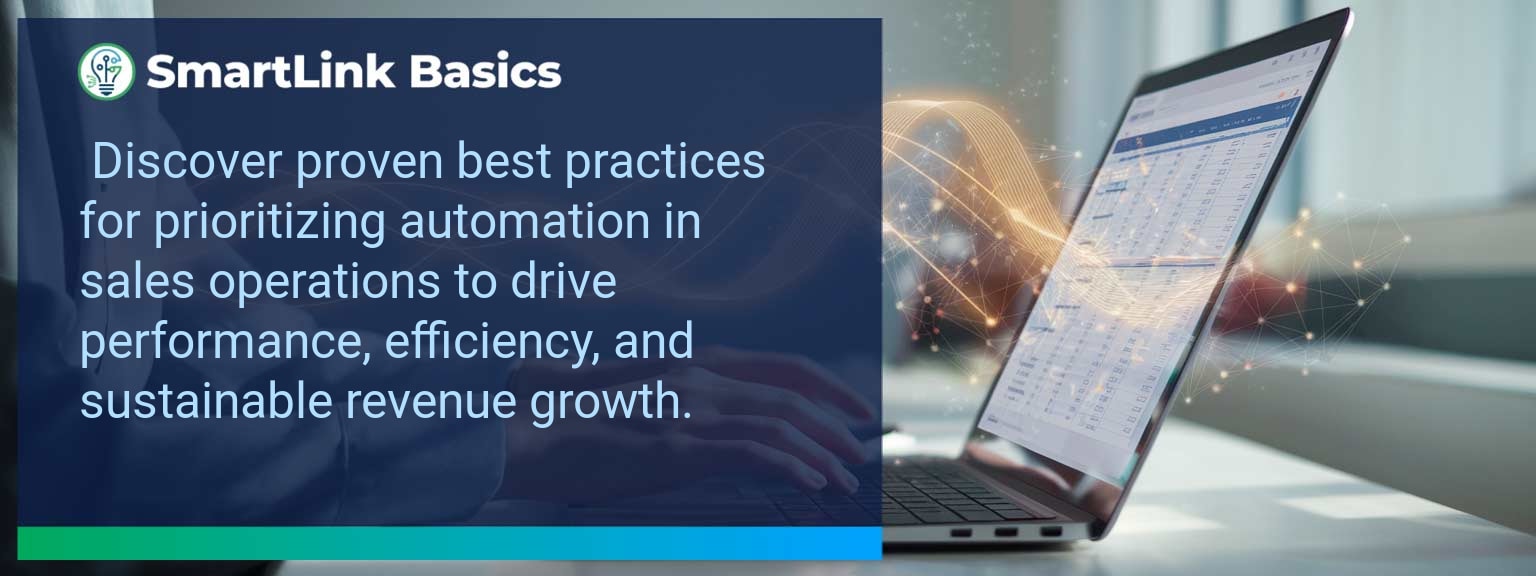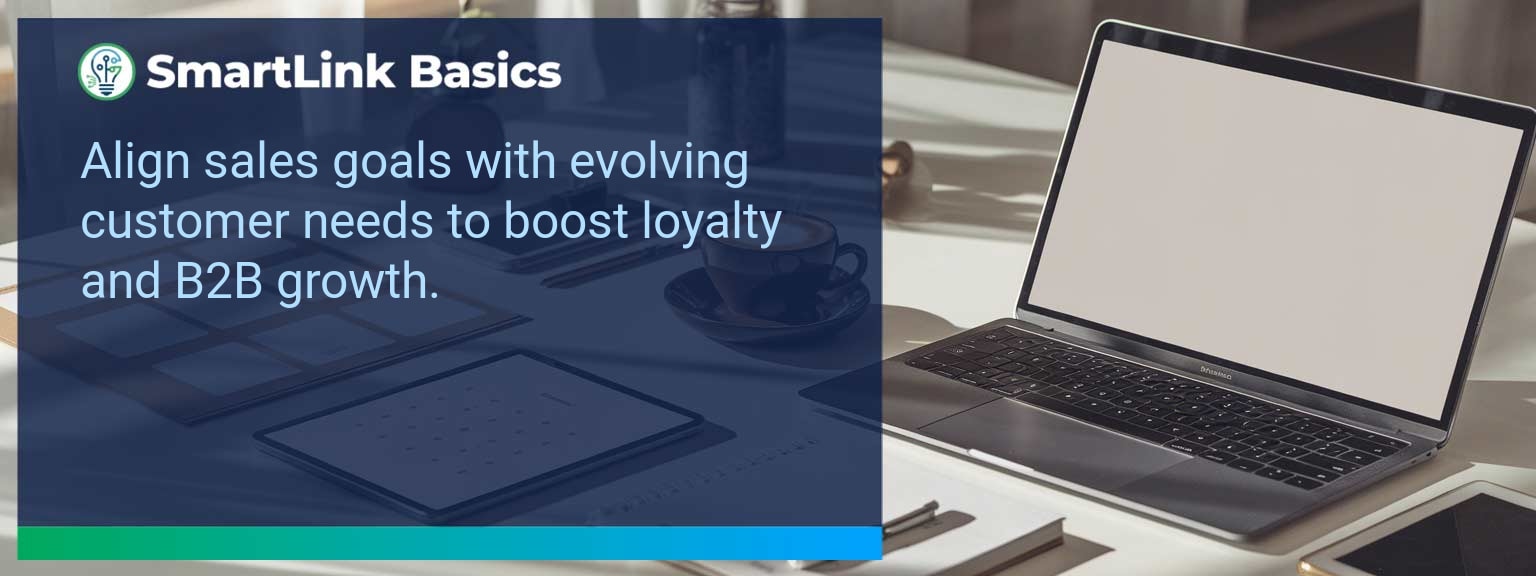AI Competitive Analysis is no longer a luxury for revenue teams; it is a performance lever. At SmartLink Basics we see sales leaders using AI to turn competitive intelligence into repeatable plays that shorten cycles and win higher-ACV deals. This post shows how AI for sales automates competitor monitoring, improves market intelligence, and delivers actionable insights your reps can use today.
- AI Competitive Analysis centralizes competitor signals and delivers real time alerts to reps.
- Machine learning converts noisy market data into predictable trends and recommended plays.
- Benchmarking and scoring let managers prioritize deals and allocate enablement resources.
- Predictive analytics improve forecast accuracy and accelerate strategic decisions.
- Automated reporting saves hours weekly and aligns sales and marketing on positioning.
What Changed and Why AI Competitive Analysis Matters Now
Data volume and velocity changed the math for competitive intelligence. Sales teams can no longer rely on quarterly reports or memory from field calls. Real-time competitor monitoring is now table stakes for accurate positioning and timely objection handling.
Leaders must combine market intelligence with AI-powered workflows to reduce noise and surface the signals that change deal outcomes. For practical frameworks and examples, see expert insights from SmartLink Basics.
Redesign the Revenue Operating System with AI Competitive Analysis
ICP, Segmentation, and Targeting
Use AI to score accounts by competitive exposure and win propensity. Then focus plays where competitor displacement is most attainable. This reduces wasted cycles and improves conversion in target segments.
Pipeline Architecture
Integrate competitor signals into stage gates. Flag deals where a competitor feature or discount appears and require a specific counter-play for progression. That raises forecast reliability and shortens review cycles.
Plays and Messaging
Create templated rebuttals and positioning that auto-populate based on the competitor detected. Reps get relevant battle cards in real time, increasing consistency and confidence in sales conversations.
Operating Cadence
Adjust weekly standups to include a competitor watch review and one recommended action per live deal. That keeps momentum and ensures competitive intelligence drives behavior change.
AI Competitive Analysis Solutions And Tools
AI for sales tools scrape websites, price pages, job posts, and social mentions to produce a live view of competitor activity. Products such as Crayon, SimilarWeb, and specialized modules in revenue platforms provide structured feeds for reps and managers.
Machine learning sorts signals into trend lines and anomalies, enabling predictive analytics for threat detection. For example, an early price change alert can trigger an immediate deal play, which has improved close rates in pilot programs.
Practical action: start with a one-week integration of a competitor monitoring feed, route alerts to the CRM, and run A/B tests of play usage to measure impact.
Measuring ROI And Sales Outcomes
To prove value, track how competitive insights change behavior and outcomes. Use win-rate delta versus targeted competitors and deal velocity improvements as core outcomes. These lagging metrics link AI Competitive Analysis to revenue.
Quality metrics such as sales confidence in positioning and the relevance score of automated reports show whether intelligence is usable. If reps ignore alerts, refine the signal thresholds or the delivery channel.
Example: a mid-market team reduced time-to-close by two weeks after routing high-confidence competitive alerts to AE workflows and updating playbooks.
The table below lists the “Metrics That Matter” you should track when operationalizing competitive intelligence and automated reporting.
| Category | Metric | Definition | Target |
|---|---|---|---|
| Leading | Competitor Alert Processing Rate | % of high-priority alerts reviewed and actioned within 48 hours | 80%+ |
| Leading | Play Adoption Rate | % of deals using AI-suggested competitive plays | 50%+ |
| Lagging | Win Rate vs Targeted Competitors | % of deals won when a specific competitor is present | +8% YoY |
| Lagging | Deal Velocity Improvement | Average days from demo to close for deals using intel-driven plays | -15% |
| Quality | Sales Confidence Score | Surveyed rep confidence in competitive positioning (1-5) | 4.0+ |
| Quality | Report Relevance Rate | % of automated reports rated useful by sales managers | 85%+ |
Get the 90-day plan, coaching rubric, and dashboard template to operationalize AI in your enablement program.
Leadership Actions For The AI Era
Start small and prove the workflow. Select a single product line and a pilot team, then integrate a competitor feed and one automated play. Measure leading indicators and iterate weekly.
Train managers to review competitive alerts in cadence meetings and require one tactical change per flagged deal. This bridges signals to sales enablement and improves adoption of AI-driven recommendations.
Use tools that support automated reporting and easy CRM integration so reps get context, not noise. Next, expand the model once you see consistent behavior change and measurable outcome improvements.
Lead Sales Teams With AI Competitive Analysis And Strategy
AI Competitive Analysis converts raw market data into repeatable actions that move deals. The post laid out operating changes, tooling options, and metrics to measure impact so your team can act faster and with more confidence. Explore AI-driven sales enablement resources from SmartLink Basics to get the 90-day plan and templates that operationalize these practices.







